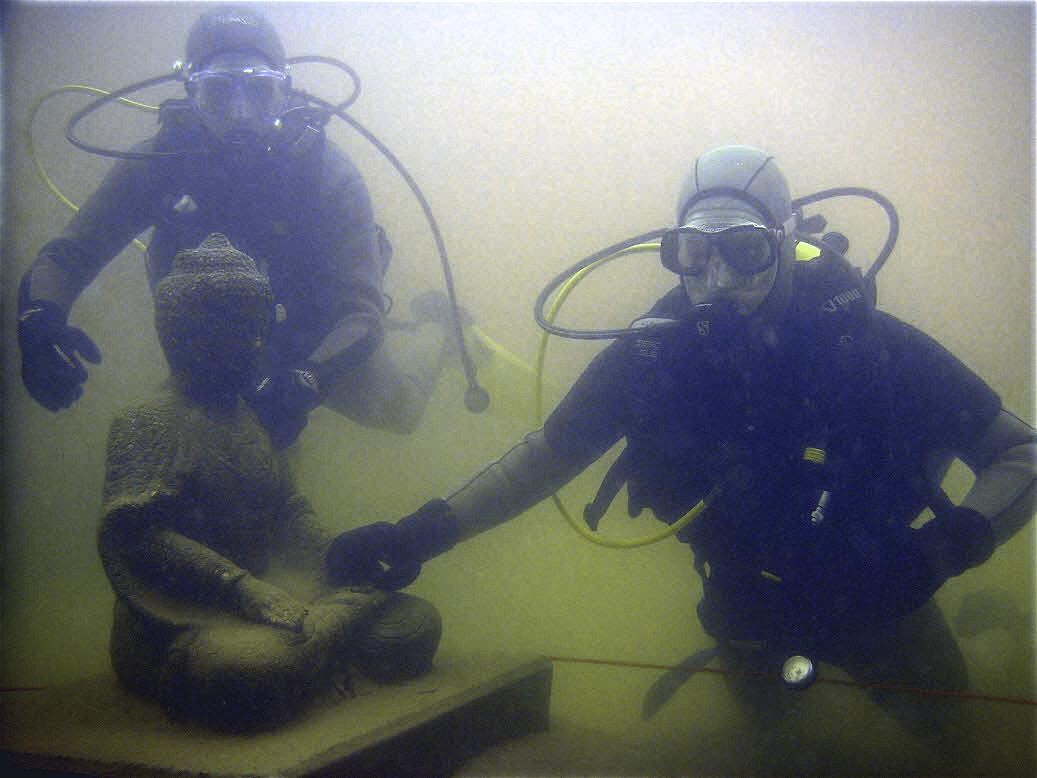Design and Modelling of Underwater Image Enhancement using Improved Computing Techniques
Main Article Content
Abstract
The underwater studies and facilities are usually inspected visually by divers manually. This strategy has disadvantages which are very evident: it is hazardous, expensive, and time-consuming and yet often does not provide a complete evaluation. The solution to avoid these issues is using sonar sensors or using cameras to capture the underwater imagery. Design of camera systems has to be robust enough to deal with waves, turbulence of water and also it has to be waterproof to avoid damage to its sensors. Such design issues have been taken care of with modern technology. But using the camera for underwater apps includes several technology-related difficulties such as camera system design, suitable lighting specifications and computer vision improvement methods. Flash light is used for compensating for the light absorbed by water medium. But such measure leads to artifacts in the images like uneven illumination, bubble effect etc . Thus, The most suitable solution to this is pre-processing the captured images with certain image processing algorithms to get a clear picture of the underwater scenery. This work show that how underwater images are formed and the issues associated with underwater images which need to be addressed while processing them.

